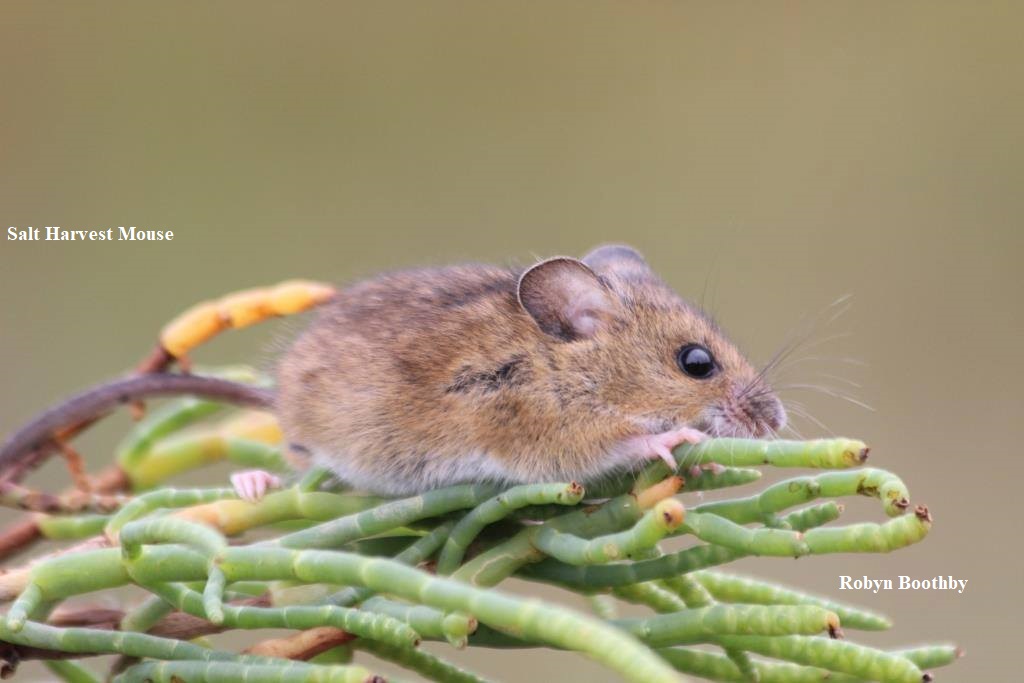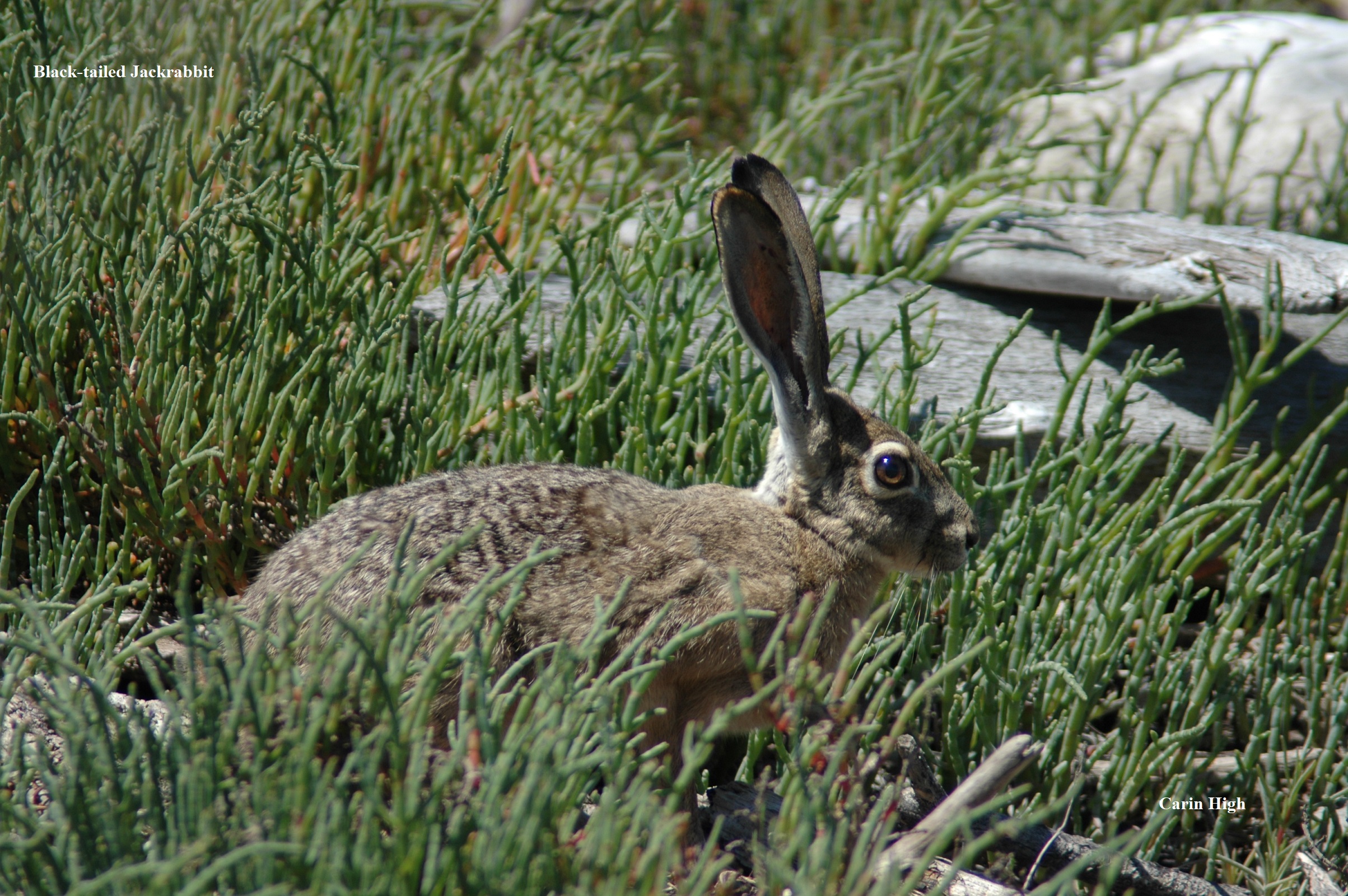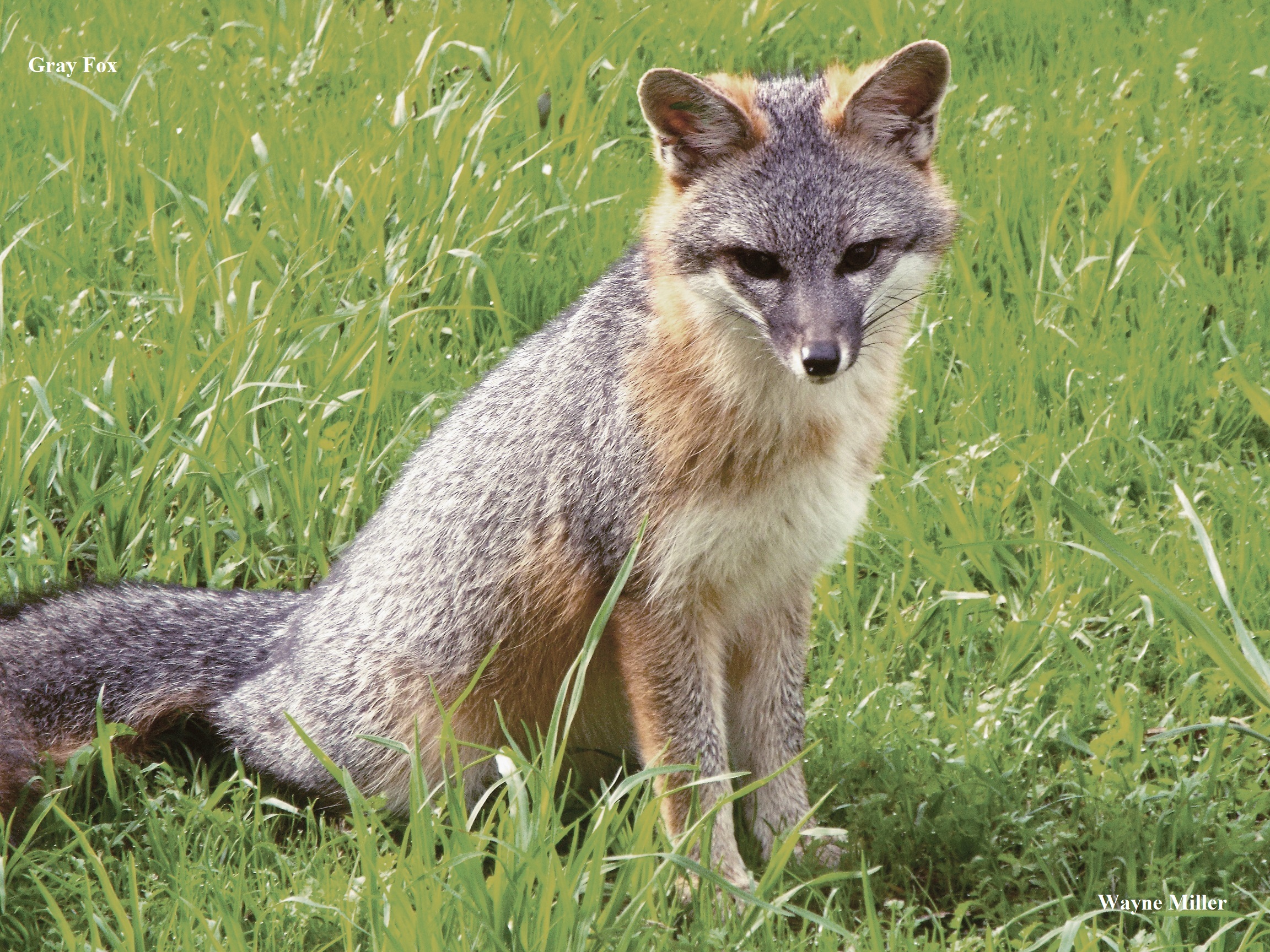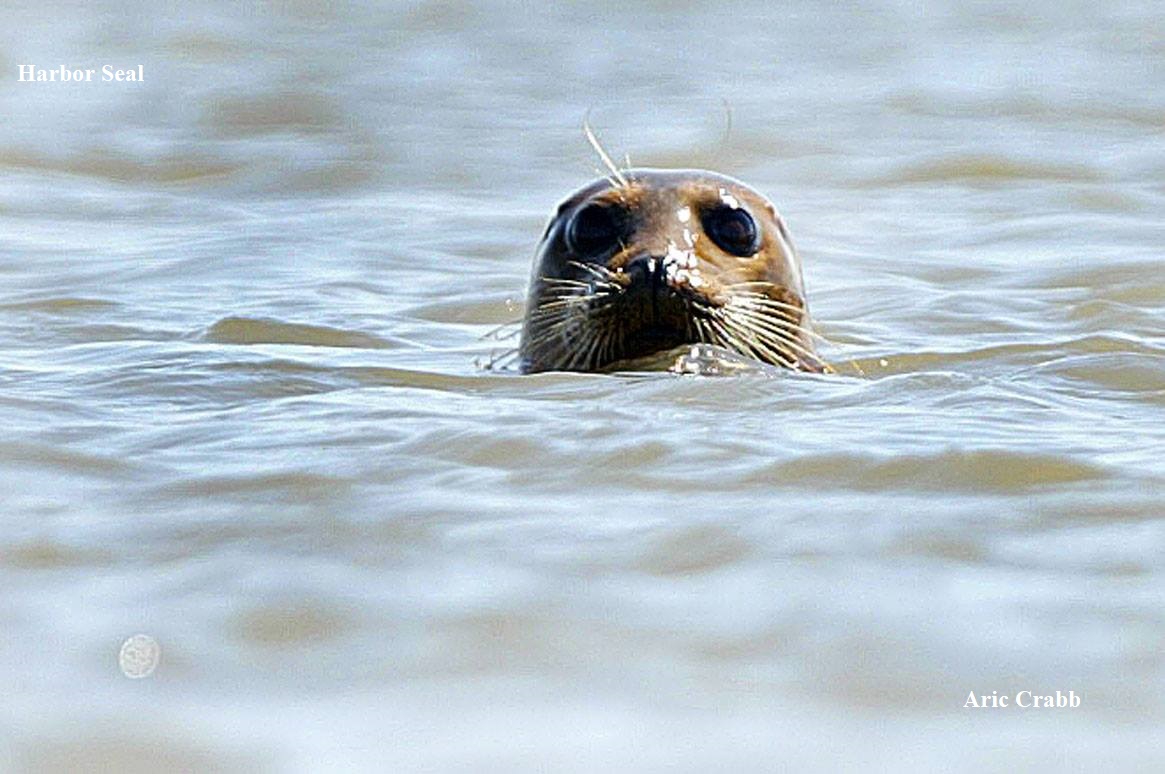Mammals
27 species
Don Edwards San Francisco Bay National Wildlife Refuge is home to 27 different mammal species. Here you can find the complete list, a slideshow, and some featured species. Clicking on any of the images on the right will allow you to see them in their original high resolution.
For the complete mammal species list.
For a slideshow of some mammal species.
________________________________________
Common Name: Black-tailed Jackrabbit
Scientific Name: Lepus californicus
Habitat: Uplands
Fast Facts: This rabbit species is incorrectly named a rabbit, and should be considered a hare since their young are born with fur and their eyes open. This species can have up to four litters of three or four young a year. This species can also run at speeds of up to 30 miles an hour and can jump up to a distance of 20 feet.
________________________________________
Scientific Name: Urocyon cinereoargenteus
Habitat: Uplands, high marsh
Fast Facts: This species is one of the only members of the dog family that has the ability to climb trees. More specifically, they are capable of climbing either head or tail first. Their strong, non-retractable claws are what makes climbing trees possible. The diet of this mammal tends to consist of rabbits, mice, volves, birds, insects, fruits and vegetables.
________________________________________
Scientific Name: Phoca vitulina richardii
Habitat: Mudflats, open bay, salt pond levees
Fast Facts: Seals share a common ancestor with dogs, bears, hence they have upper and lower arms and legs concealed within their skin. Seals use oxygen in their blood and muscles while under water and their heartbeat slows from about 100 beats per minute to 10 in order to remain underwater for periods up to 30 minutes. Seals use their whiskers to help it hunt by sensing pressure waves from objects underwater.
________________________________________
Common Name: Salt Harvest Mouse
Scientific Name: Reithrodontomys raviventris
Habitat: Pickleweed dominated tidal marshes and high (tidal) marsh
Fast Facts: Thanks to its preferred habitat of salt and brackish marshes, these mice are able to drink salt water and have developed the ability to swim. These mice are able to preceive wind and changes in temperature and edges using their whiskers. They are also able to survive leaps down a height of 3 - 4 meters without any harm.
________________________________________


